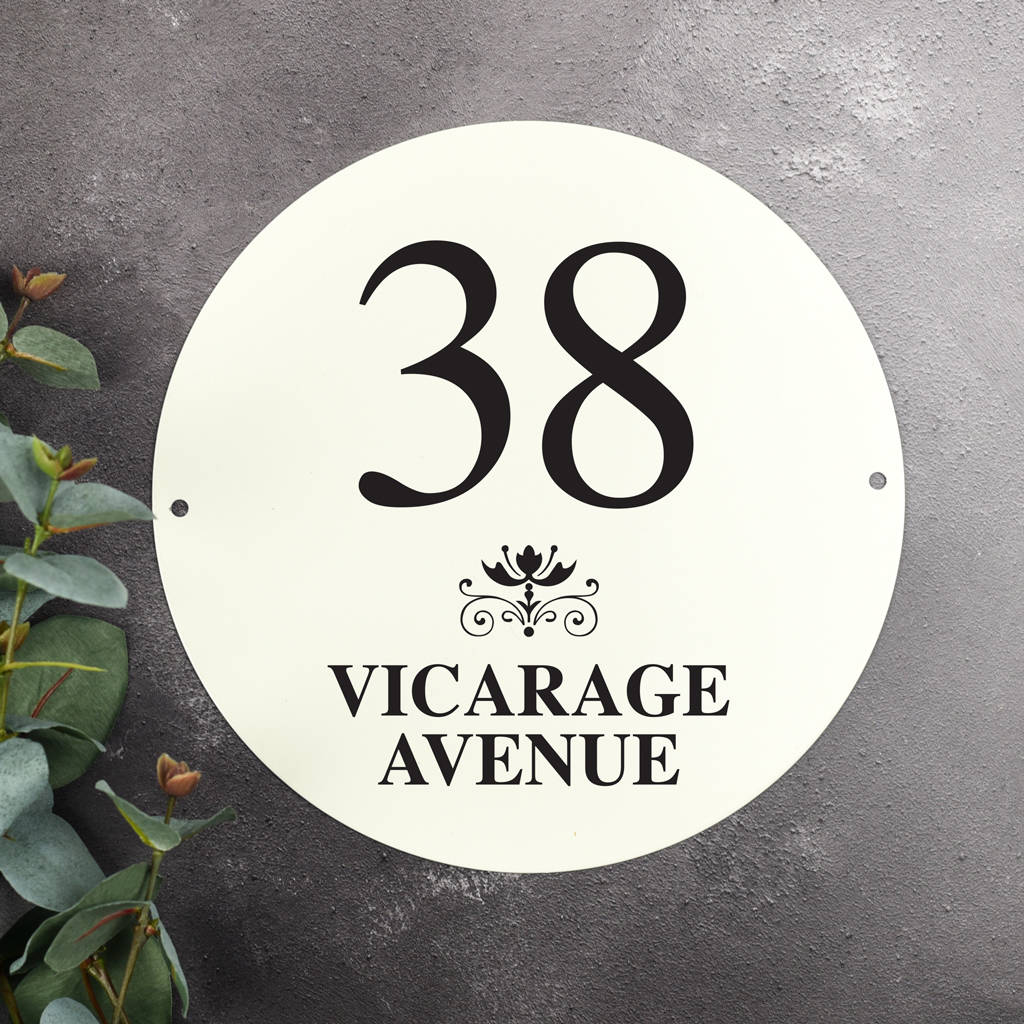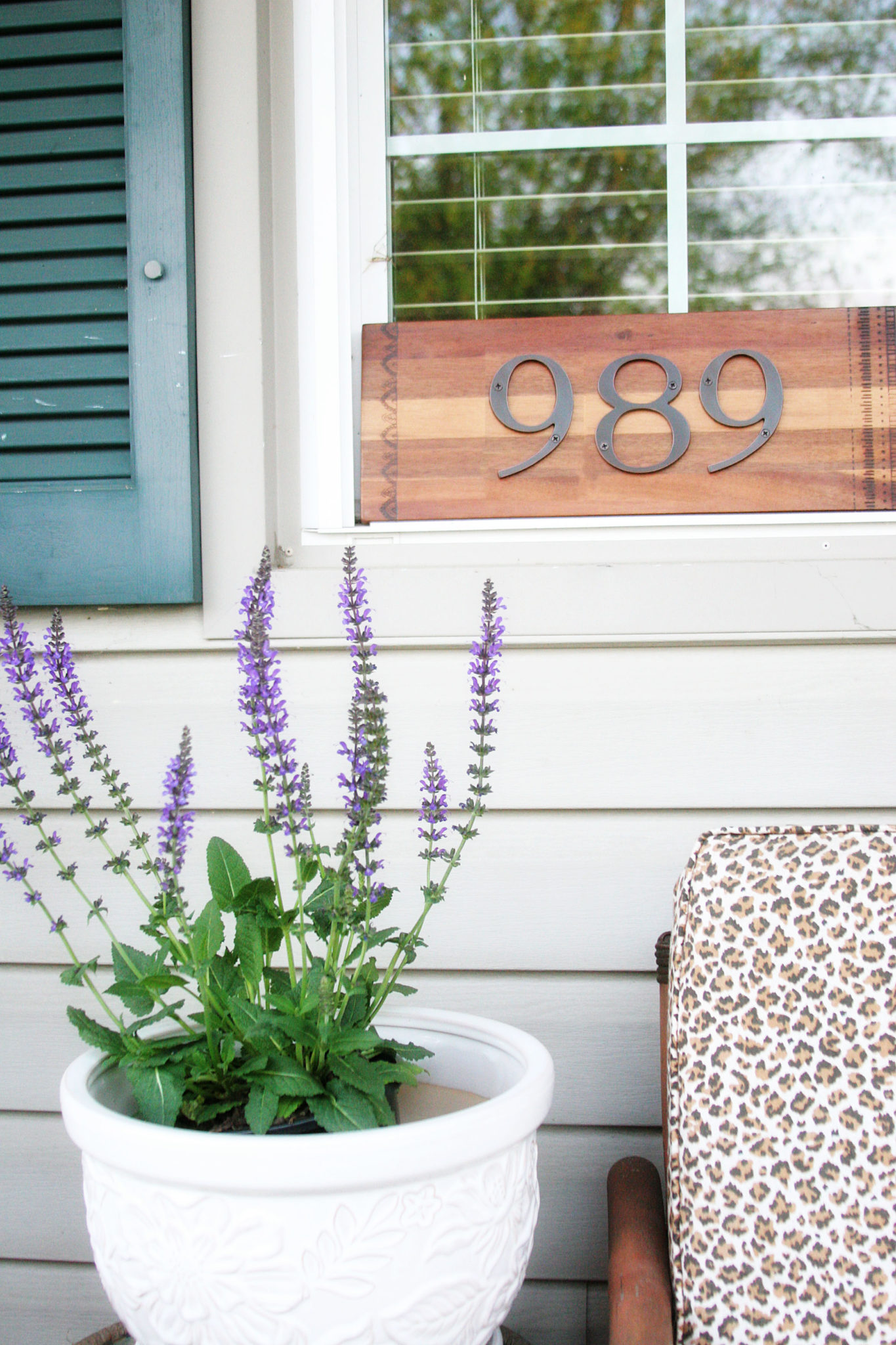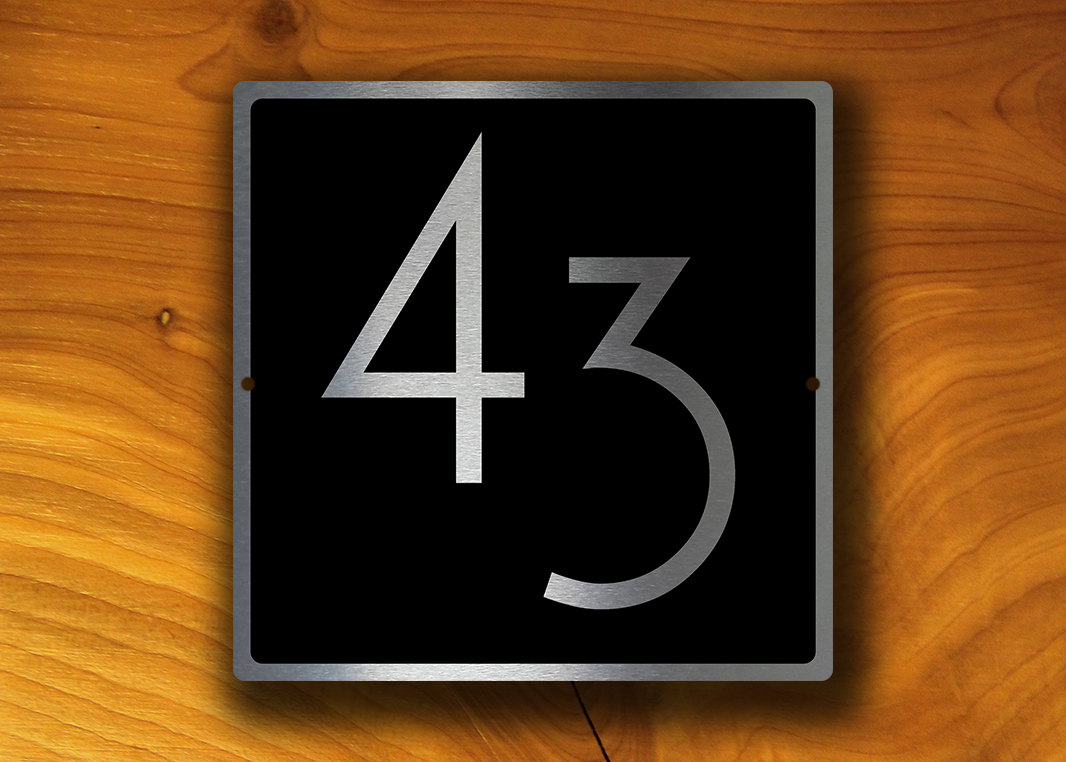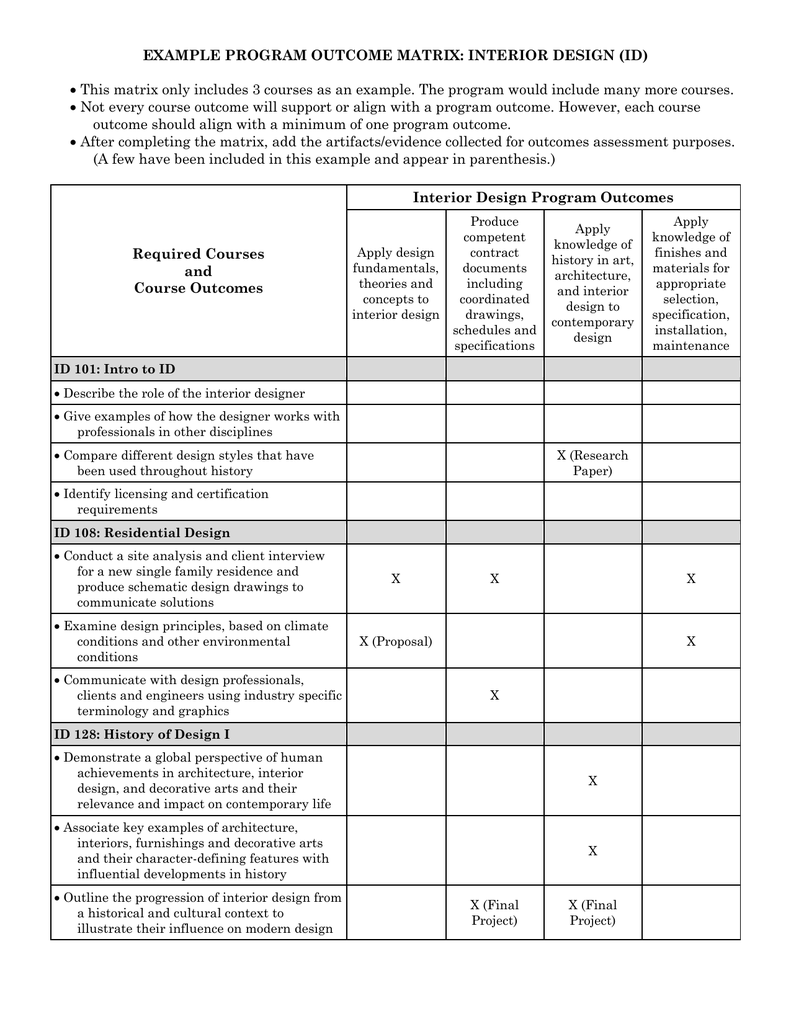Table Of Content

You should never count on mice leaving on their own. In fact, your attic is probably one of the most attractive spaces in the house to a mouse. Determining that mice are gone will take some effort. It’s not enough to simply observe the absence of these signs in your living room and kitchen, you need to go into places like your attic and other rarely visited parts of the home to make sure they’re really gone. If that’s the case, you’ll likely see the mouse during the day in heavily trafficked areas of your home. More often than not, if you see a mouse, it’s just one of many.
What are House Mice?
Although they will defend themselves when cornered, house mice generally avoid humans altogether. When you go to bed, in the highly unlikely event a mouse finds you, it’s even more unlikely it will bite you. Although the house mouse is most likely to cause an infestation, two other species are also known to nest inside houses, especially during the winter. Once house mice move into a home, they become a constant presence in the kitchen and other food areas, sometimes even taking up residence in the oven if it isn’t used often enough.
House Mouse or rat?
Dining room set from Hobby Lobby (I painted the chairs). I hot-glued a strip of fabric for the table runner. “Swoop” painting printed with permission from Britt Bass Turner (we have this in our real bedroom!). The Beds are from the Japanese Dollar store, Daiso. I made the bedding with waxed canvas and cotton balls.
I’d love to connect with you on Instagram, where I share home, health and lifestyle tips!
To see why I can’t live without it and encourage EVERY new parent to do whatever it takes to get one in your home, see my full review here. I made the Snoo replica with styrofoam, floral wire, and a plastic cup. Bay Window is made from Bolsa wood and an X-acto knife. The golden flower/wall decoration is a vintage brooch from the flea market (you can find similar on Etsy). I can’t imagine a better mouse fantasy than a well-stocked room of Cowgirl Creamery!! If you have never tried Mt Tam (triple cream, like brie), check your local Whole Foods!
City mouse or country mouse? I collect mice from Philly homes to study how they got so good at urban living - The Conversation
City mouse or country mouse? I collect mice from Philly homes to study how they got so good at urban living.
Posted: Thu, 14 Mar 2024 07:00:00 GMT [source]
This even omits characters created for the direct-to-video sequels due to promotional problems[24][25] as only allowing characters from the original source material. Weissbrod, Cucchi and their colleagues combined all this information about ancient and modern mice and people. Their findings now show how house mice came to live alongside us — no grain or farming required. The two species probably competed with each other when humans were absent, Weissbrod now suspects. Domesticus took advantage of people being around. The largest mouse molars are only about 1 millimeter (0.04 inch) long.
Trending Nationally
He did this based on tiny differences in their shape. These mole rats live in a colony led by a queen, who is the only breeding female. “Worker” Damaraland mole rats dig tunnels, care for the pups, and forage for food. Native to the Andes mountains in South America, chincillas live in colonies called "herds" at high elevations.They forage at dawn and dusk, and stand on their hind legs to eat, holding their food in their paws.
Everything to Know About House Mice
As their name suggests, they’re extremely common in our homes, and generally prefer to live in houses than out in the wild. Since they’re such common pests, people tend to have lots of questions about them. If you have questions about house mice, there’s a good chance someone else has already asked the same question. These are the most common questions about house mice. House mice usually live in proximity to humans, in or around houses or fields. It was carried aboard on the ships of Spanish explorers and Conquistadors.
Why do mice come in the house in the summer?
They carry the same diseases, and they both can trigger allergies and asthma. Rats can be more aggressive than mice, especially around their offspring, and they’re more likely to bite you if they feel threatened. Mice are less aggressive, but their smaller size makes it easier for them to sneak around your home unnoticed.

Britney Spears’ highs and lows — a timeline from ‘The Mickey Mouse Club’ to her tell-all memoir
Some people would rather dispatch the critters quickly. For them, snap traps are easier to use and more effective than the old wire traps. Avoid poisons because the mouse dies slowly, and any animal that eats the carcass will be poisoned as well. There was a time, he said, when the main thing they locked up was Sudafed. Eventually, items such as Plan B and razors got added and then, a couple years ago, he noticed more people swiping Tide Pods. Now, he mainly sees people walk out with boxes of diapers and cosmetics.
House mice also rely on pheromones for social communication, some of which are produced by the preputial glands of both sexes. The tear fluid and urine of male mice also contains pheromones, such as major urinary proteins.[38][39] Mice detect pheromones mainly with the vomeronasal organ (Jacobson's organ), located at the bottom of the nose. In nature, mice prefer to eat cereal and seeds, but they will also eat insects, nuts and fruits. Inside structures, mice will consume almost any human food, but prefer grain based products.
House Mice are omnivores, meaning they eat both animal and plant foods. Every part of a plant—leaves, roots, stems, seeds, fruit, grains, and nuts — is part of their diet. They supplement that with insects, carrion, pet food, and just about anything that people will eat. House mice are one of 38 species in the genus Mus, a member of the subfamily Murinae in the mouse family Muridae within the order Rodentia.
In North America, a Field Mouse is any one of a number of small rodents called voles, particularly the Meadow Vole, Microtus pennsylvanicus. Mice belong to the suborder Myomorpha and the family Muridae (MYUR-uh-dee). In addition to the House Mouse, there are many subspecies, among them the East European House Mouse (Mus musculus musculus) and the West European House Mouse (Mus musculus domestius), with all being very similar. Mice belong to the scientific order Rodentia (row-DENCH-uh), which includes squirrels, chipmunks, beavers, prairie dogs, gophers, groundhogs, chinchillas, and others.
There has been no justice and probably never will be !!! ” she wrote, according to a screenshot of the Sunday post published by TMZ. In interviews with five employees at retail locations across the Southland, workers said rushing to unlock merchandise for often-peeved customers has made their slammed shifts more hectic. Using a tactic once reserved for a few pricey, high-demand items — cold medication, electronics, baby formula and razors to name a few — big chains now routinely lock up almost every type of merchandise. A shopper looking to grab a box of condoms or a $1.99 set of crayons, ointment to remove calluses or a container of instant coffee, now often has no choice but to hit a button to summon a store employee with a key and wait.
More than 40 retailers are testing the Freedom Case in stores, Budano said, including a national chain he declined to name. And retailers have long played a game of cat and mouse with thieves, searching for ways to thwart them while still giving paying customers easy access to merchandise. While the Disneys lived in the house, his company released a string of classic animated movies that are still popular today, including “Pinocchio” 1940, “Fantasia” 1940, “Dumbo” 1941, “Bambi” 1942, and “Cinderella” 1950. Unfortunately, Lillian Disney miscarried the couple’s first pregnancy, but the family soon grew with the addition of daughters Diane in 1933 and Sharon in 1936. The Disney family would live at Woking Way until 1950 when they had a larger house built in Holmby Hills, which had a large garden to indulge Lillian’s passion for gardening. Ecosystem A group of interacting living organisms — including microorganisms, plants and animals — and their physical environment within a particular climate.












